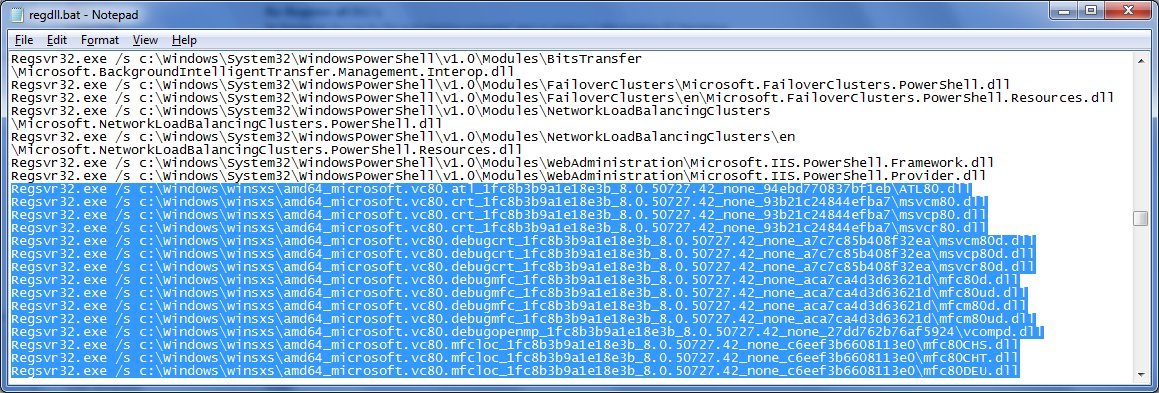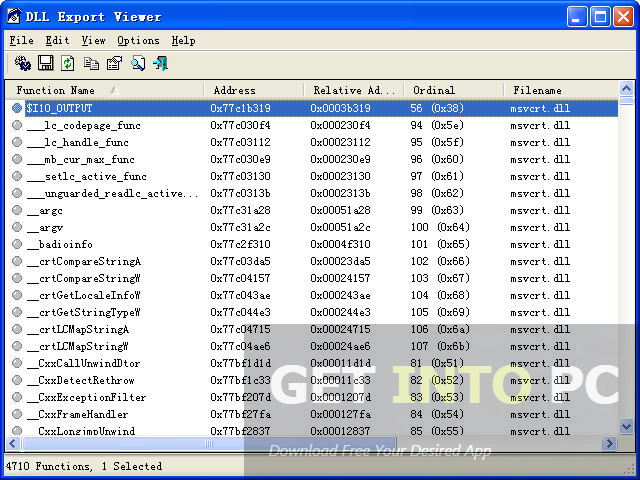

Note: Once the DLL file is edited and you decide to recover the original file with the new one, there might be some errors when running the program that contains this DLL file. You can edit the DLL file in the window and then save it. Now you'll be at a screen that has all of the available resources to you.
#Edit .dll files .exe
exe file you are trying to open, and before clicking Open. Launch Visual Studio and go to File > Open. You can easily download this program from the Internet. You can download a DLL editor freeware, or get a DLL resource editor, here I strongly recommend you edit DLL files with a program named "Resource Hacker", which is a free and trustworthy DLL editing tool. Marked as answer by Anonymous Thursday, Octo12:00 AM. There are different ways to edit DLL files. To make any change, first we need to that change in application then build it. And you'd better ask technicians for help or use professional and easy DLL file editor if you are a computer newbie. If you have the reason as above, you can try to edit the DLL file, or you are not supposed to do so. You are a geek and want to see what it looks like inside.You want to reverse engineer an application.You want to extract Icons from the DLLs.You attempt to hack it to do something other than what it was intended to do.So you are required a bit of computer professional skills when editing it.

They are written in many languages, such as C, C++, C#, Delphi, Visual Basic, Visual Basic.Net, and so forth. To edit DLL files is not as easy as you think.

#Edit .dll files code
DLLs must be called from other code that is already executing." 2 When need to edit DLL files? Unlike an executable (EXE) file, a DLL cannot be directly run. You could be trying to change what the file was originally intended to do, or attempting to repair it if it. Programmers use DLLs to provide code that they can reuse and to parcel out distinct jobs. There are multiple reasons why a person would want to edit a file with a. "A Dynamic Link Library (DLL) is a file of code containing functions that can be called from other executable code (either an application or another DLL). Though there are different explanations given from Microsoft, this one could be the better one:


 0 kommentar(er)
0 kommentar(er)
